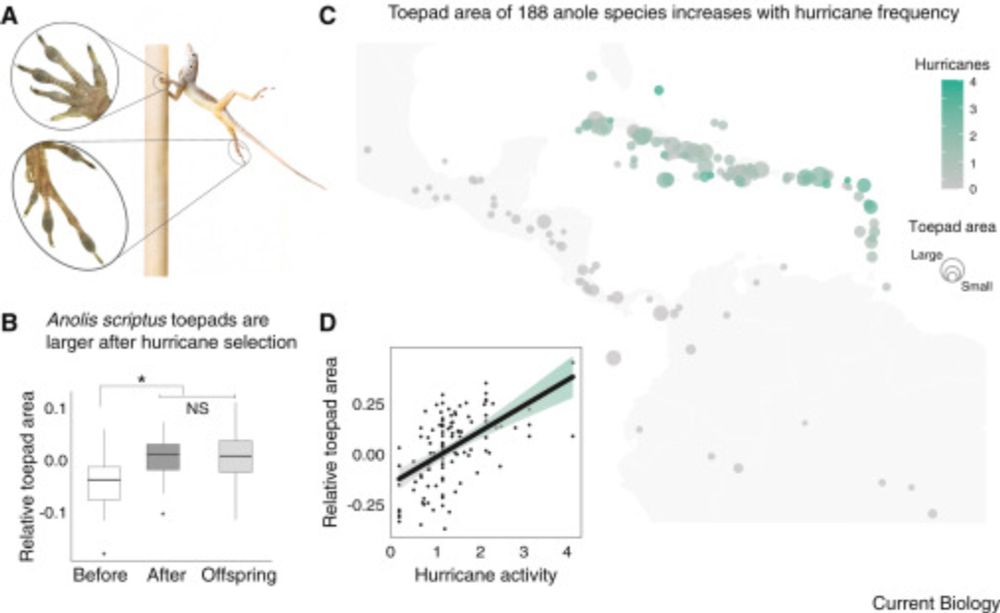Temporal analysis reveals loss of genetic diversity and increasing differentiation in South-west German red deer populations - Conservation Genetics
In the German federal state Baden-Wuerttemberg, the distribution of red deer (Cervus elaphus) is restricted by law to five spatially separated management units, and it is mandatory to harvest deer moving outside of these units. This practice could severely reduce gene flow among management units, which occur in a landscape that is already highly fragmented by anthropogenic infrastructure. We here use 27 microsatellite loci to analyse 579 red deer samples collected between 2018 and 2022 from all five management units in the state, as well as eight sites in adjacent states and countries. Furthermore, we compare our estimates of genetic variation within the state to results of a previous study that included samples collected from 2004 to 2007. Compared to adjacent sampling areas, management units in Baden-Wuerttemberg show lower levels of genetic diversity, gene flow and genetic effective population size (Ne), as well as higher levels of genetic differentiation and inbreeding. Furthermore, our temporal comparison reveals notable changes in genetic variation over time. Specifically, during approximately 15 years (i.e., less than three red deer generations), allelic richness declined by ca. 16.7%, genetic differentiation (measured via fixation index FST) increased by ca. 17.2%, and Ne dropped by ca. 19.8% on average across management units in the state. Current Ne values are below recommended thresholds to prevent further genetic erosion, indicating that the situation will likely worsen without intervention. Evidence-based management concepts, involving all stakeholders, are needed to increase genetic connectivity of red deer management units in Baden-Wuerttemberg.























